
The site of an infamous B.C. mining disaster could get even bigger. This First Nation is going to court — and ‘won’t back down’
Xatśūll First Nation is challenging B.C.’s approval of Mount Polley mine’s tailings dam raising. Indigenous...
Wet’suwet’en land defenders and supporters are occupying a Coastal GasLink pipeline worksite on Gidimt’en clan territory in northwest B.C. in an effort to prevent drilling under the Wedzin Kwa (Morice River), raising fears about escalating police actions.
The location, just upriver from the Unist’ot’en healing centre, is where TC Energy plans to lay pipe to connect fracking facilities in the northeast to the LNG Canada processing plant, currently under construction in Kitimat, B.C.
“I feel really overwhelmed at the magnitude of what they’re doing and what they’re trying to do,” Sleydo’ Molly Wickham, Gidimt’en Camp spokesperson and a supporting chief from Cas Yikh House, told The Narwhal in an interview at the site land defenders are calling Coyote Camp. “We knew that at some point, they would try to drill under Wedzin Kwa and we’ve always known that that’s something that is not allowed. It’s too sacred to us and too important to us to ever let that happen.”
Wickham spoke to The Narwhal on Oct. 8, standing on the drill pad, where land defenders recently installed a cabin. The small log building is surrounded by a vast muddy clearing and sits in the middle of the pipeline right-of-way.
Inside, two land defenders, one of whom is the daughter of Dinï ze’ (Chief) Woos of Cas Yikh House, unchain themselves after a police reconnaissance operation. Members of the RCMP’s Community-Industry Response Group, a tactical unit familiar to old-growth protesters at Fairy Creek, where more than 1,000 arrests were made and the conduct of officers was called into question by a B.C. Supreme Court judge, have been coming into the camp daily. In the first days of the Wet’suwet’en blockade at Wedzin Kwa, two people were arrested — one shocked with a Taser and the other subjected to physical force.
“Every other time there’s been a blockade or anything like that, it’s been … over a month before enforcement and they were enforcing Day 1, Day 2, and then every day since,” Wickham said.
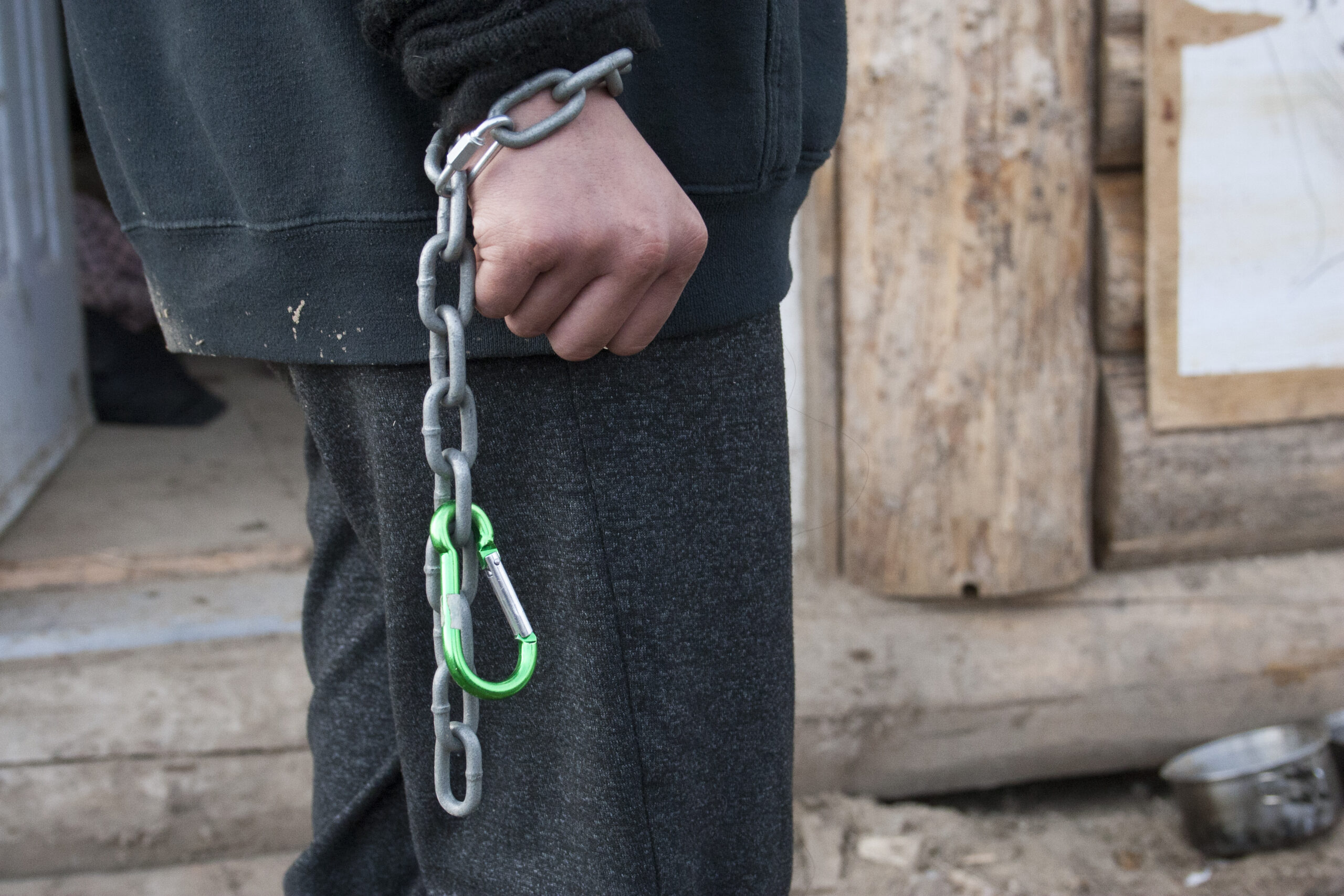
She added the RCMP presence declined around Sept. 30 but picked up again shortly after.
“There were a few days there where they left us alone around Truth and Reconciliation Day,” she explained. “The day before, [Coastal GasLink workers] put up an orange shirt at the end of the road, which was really insulting. They harass us and keep us out of our territory, block us out of our territory, destroy our land and then have the audacity to put an orange shirt up for our children.”
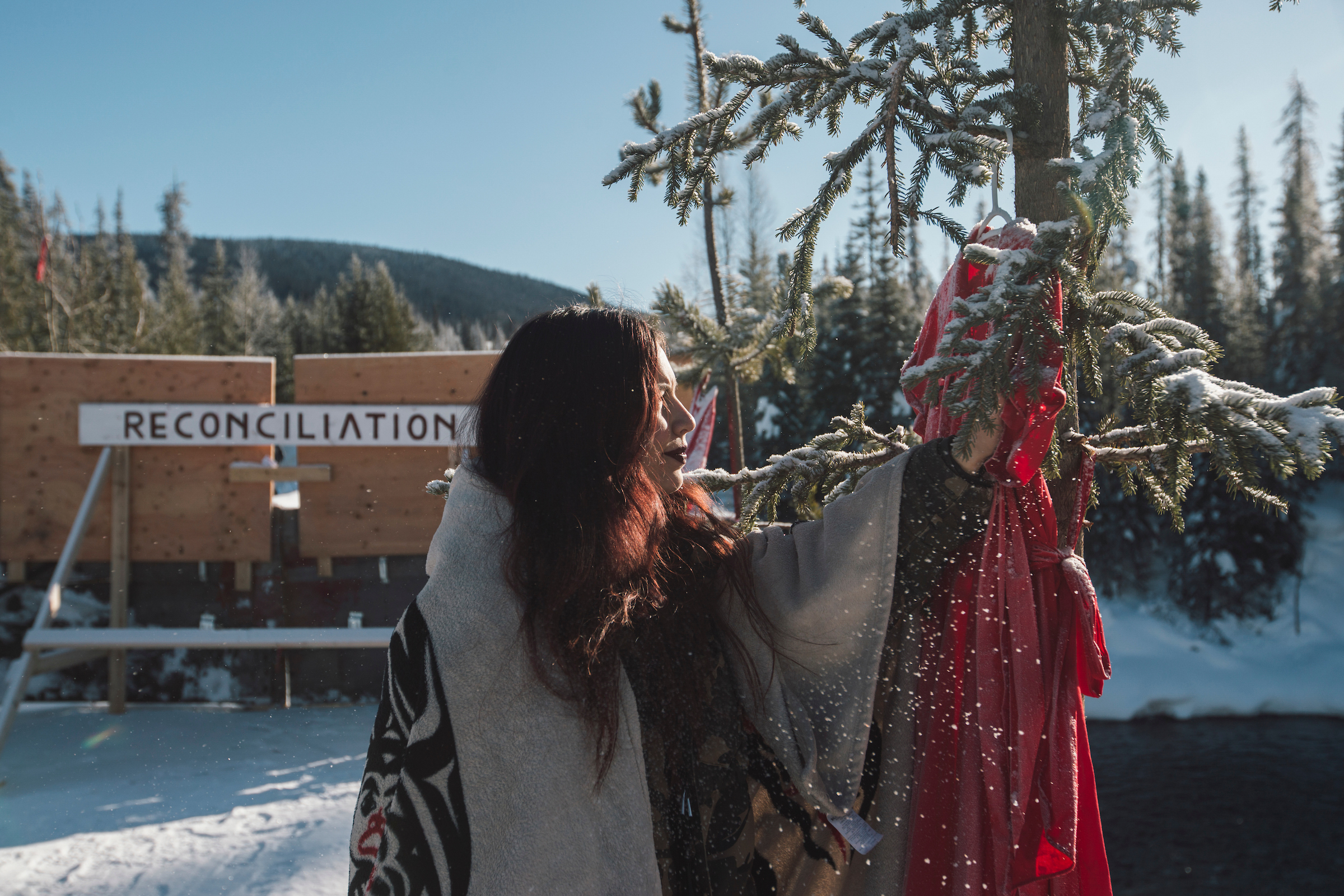
Wet’suwet’en land defenders never left the territory after the events of early 2020, when RCMP arrested matriarchs and supporters at camps along the Morice River Forest Service Road while enforcing a court-ordered injunction, which led to rail blockades and solidarity actions across the country. Now, the conflict has once again been thrust into the spotlight.
“I feel like we’ve finally arrived at this huge, important time,” Wickham said. “This project is going to destroy everything that’s important to us and we are going to stand up and do absolutely everything in our power to defend it.”
On Oct. 17, neighbouring Lihkt’samisyu clan chiefs Dsta’hyl and Tse’besa deactivated a Coastal GasLink excavator and claimed it for the Lihkt’samisyu clan government, warning workers they will not stop until all equipment is removed from the territory.
“We want to make sure that you guys know that we mean business,” Chief Dsta’hyl said in a video recording after rendering the excavator immobile.
“Our government is going to be looking after our interests, ourselves — on all of the land,” the Chief said. “Logging, mining and everything else that’s on our territory. This is just the beginning.”
Here’s what you need to know about why events are escalating and the wider implications of the project.
On Sept. 22, Coastal GasLink cleared an archaeological site near the confluence of Ts’elkay Kwe (Lamprey Creek) and Wedzin Kwa, under a site alteration permit issued by the BC Oil and Gas Commission. The commission, a regulator for the province, declined numerous interview requests and told The Narwhal it issued the permit after consulting with the Wet’suwet’en.
“The consultation process involved the commission providing information to the [Office of the Wet’suwet’en] about the application for the permit,” the regulator wrote in an email, noting this occurred between May and July 2020. “We asked for comments on how the proposed activity may impact their interests.”
Chelsey Geralda Armstrong, an archaeologist working with the Office of the Wet’suwet’en, said the information was sent in an inaccessible format and noted a lack of response is insufficient grounds to proceed with clearing an important heritage site.
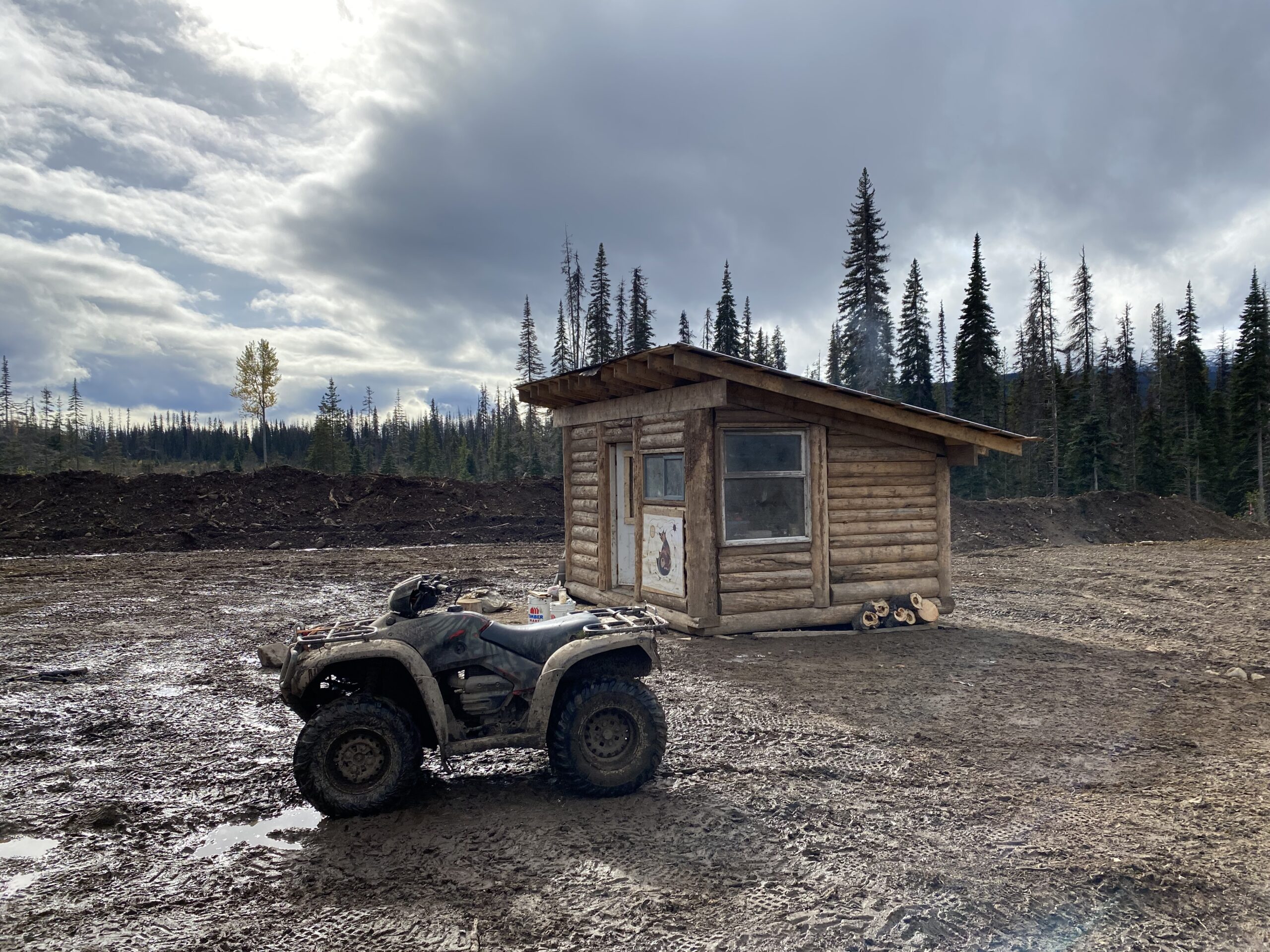
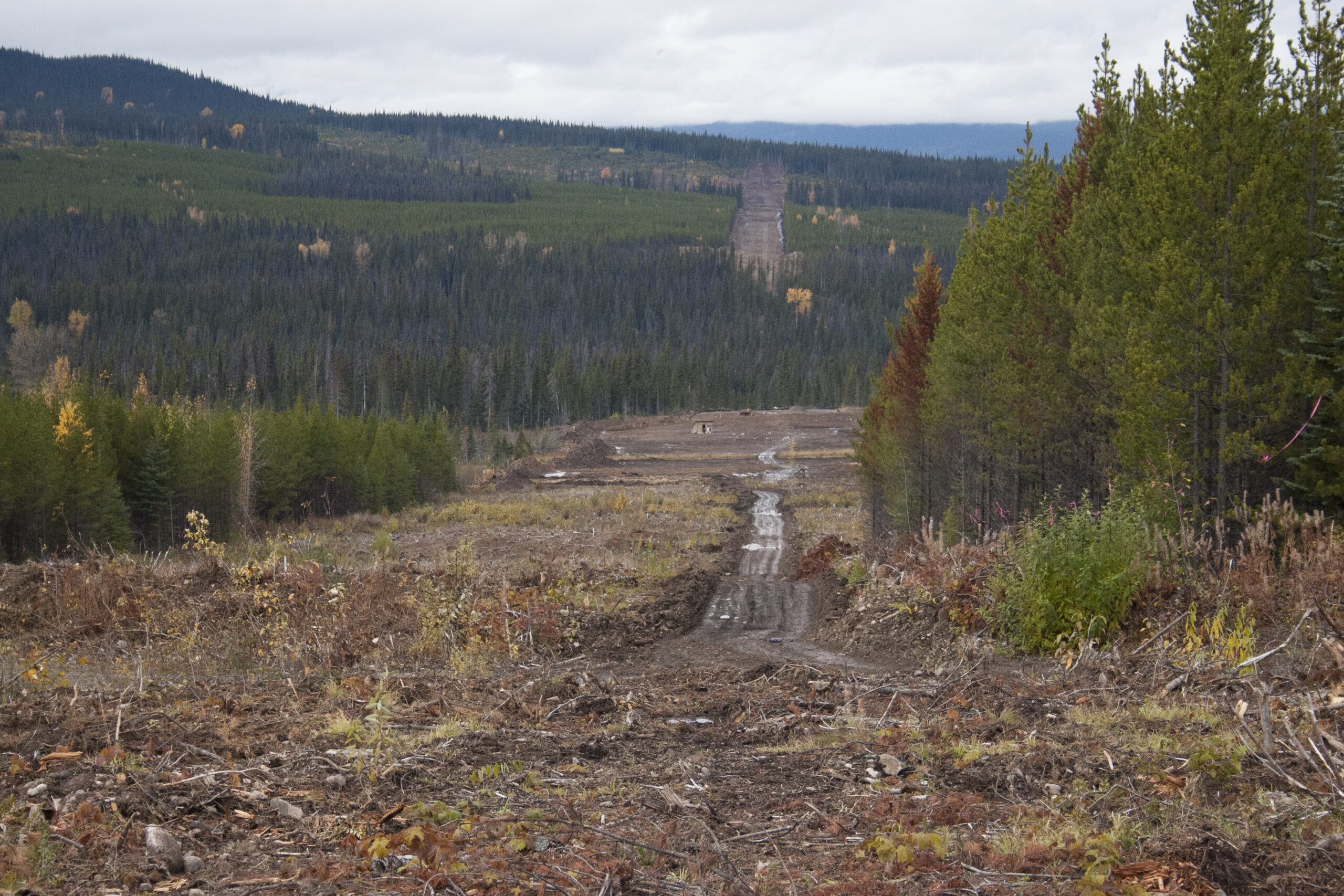
“Silence is not consultation,” she said in an interview. “There are some pretty murky rules around consultation in archaeology, especially for site alteration permits, which are essentially legal permits to destroy a site.”
The Narwhal’s request for an interview with Nathan Cullen, Minister of Lands and Natural Resource Operations, was declined, as were requests to speak with Premier John Horgan, Minister of Forests Katrine Conroy and Minister of Indigenous Relations and Reconciliation Murray Rankin.
As for why the BC Oil and Gas Commission is issuing permits to impact archaeological sites, Armstrong told The Narwhal it is highly irregular.
“The [Oil and Gas Commission] was given a very special purview for the northeast only, to issue permits and to kind of fast track the permitting process for companies in that area,” she said. “Now, somehow with Coastal GasLink they managed to expand that purview to these areas where archaeology is just super rich, incredibly dense, incredibly prolific on the landscape and so the same rules that the OGC was going by for permitting in the northeast, they’re now applying here.”
The Ministry of Forests, Lands, Natural Resource Operations and Rural Development, which oversees the Archaeology Branch, told The Narwhal it shares responsibility with the commission for this project. In an email, the ministry said it issues and administers permits to identify and assess sites and the BC Oil and Gas Commission authorizes impacts to protected sites.
Armstrong said policies and regulations notwithstanding, the B.C. Declaration on the Rights of Indigenous People makes it very clear on how the province should conduct itself on First Nations’ territories.
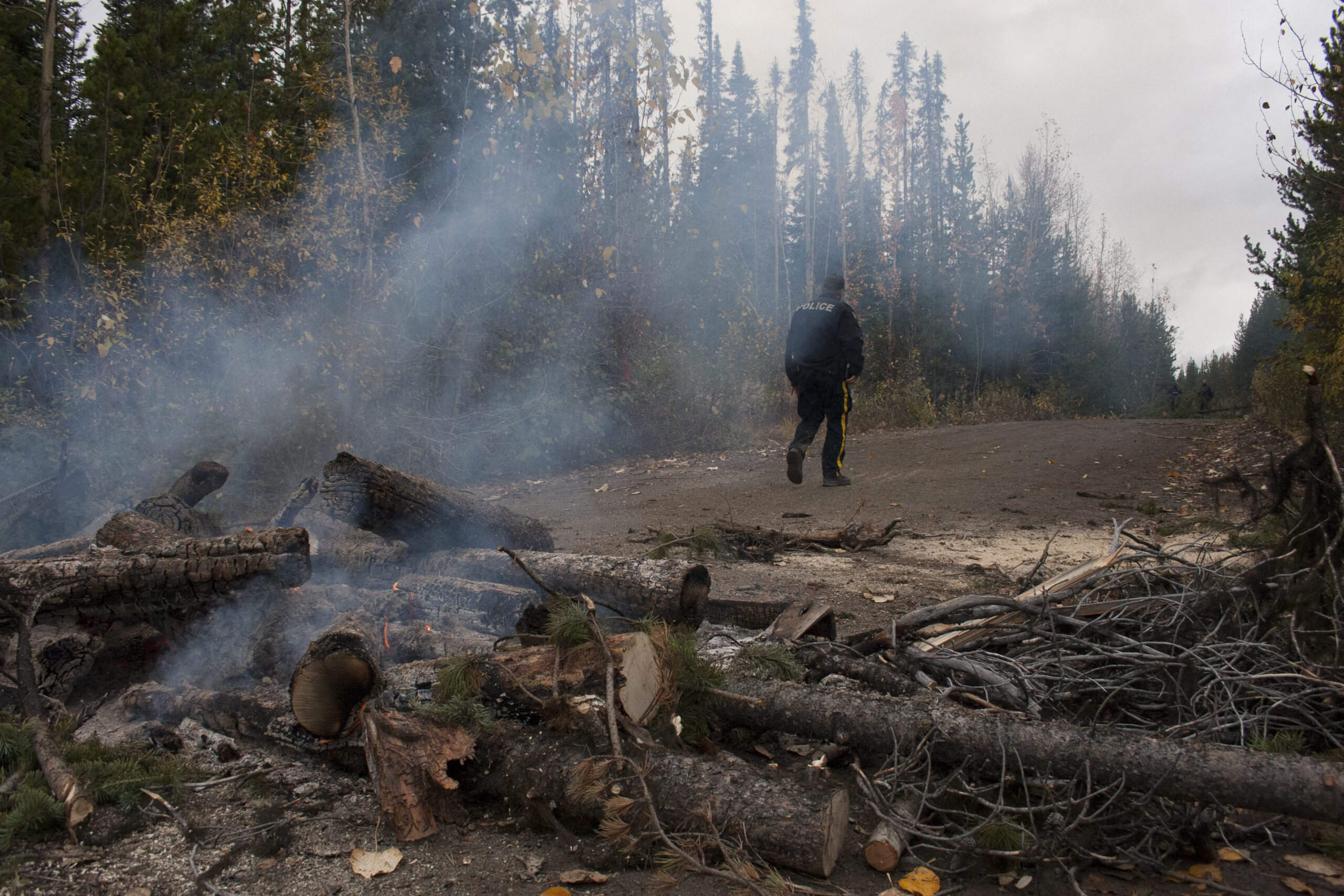
“You cannot destroy an archaeological site without free, prior, informed consent. I think that’s something that we as a society accept as a whole.”
Dinï ze’ Woos issued a cease and desist letter on Aug. 6.
“To be clear, we do not authorize or consent to the removal of, or any ‘alteration’ or impacts to our archaeological heritage,” the Chief wrote.
Coastal GasLink workers, despite opposition from matriarchs, chiefs and supporters, started clearing the site on Sept. 21.
“We were supposed to get to have a say before they destroyed our archaeology site,” Wickham said. “That never happened.”
The site was cleared and Gidimt’en members and supporters started gathering resources to prevent the company from further impacting the territory. After learning the drill site had also been cleared, land defenders occupied the location three days later.
As The Tyee recently reported, B.C.’s Environmental Assessment Office issued a damning report after inspections this spring discovered the company is breaching the terms of its own environmental management plan, impacting wetlands and freshwater bodies at numerous locations.
The Ministry of Environment and Climate Change confirmed to The Narwhal its compliance and enforcement division is recommending an administrative penalty.
“If the certificate holder continues to be out of compliance with the conditions of its certificate, separate administrative penalties (up to $750,000) may be imposed for each day the contravention continues,” a ministry spokesperson wrote in an email. “Additional escalating sanctions such as court-imposed penalties of up to $1,000,000 for a first conviction and up to $2,000,000 for subsequent convictions are also authorized under the Environmental Assessment Act.”
TC Energy did not respond to a request for an interview and did not provide The Narwhal with any information.
The ministry said the penalty recommendation will be sent to Elenore Arend, chief executive assessment officer, or delegated to senior staff for a final decision.
Wickham said the company’s history of negatively impacting wetlands and failing to adequately prevent sediment from entering streams and creeks is why they are so determined to prevent drilling under the river.
“There’s no way that they’re ever going to just drill under Wedzin Kwa and destroy our territory, without pushback.”
“We need to see action,” Wickham said. “We don’t want to sit around and talk about it for two more years, as more of our territory gets destroyed. We want to see actual action: do something about the fact that [Coastal GasLink] has violated probably close to 100 of their permit conditions by now, do something about the fact that our archaeological sites are being destroyed.”
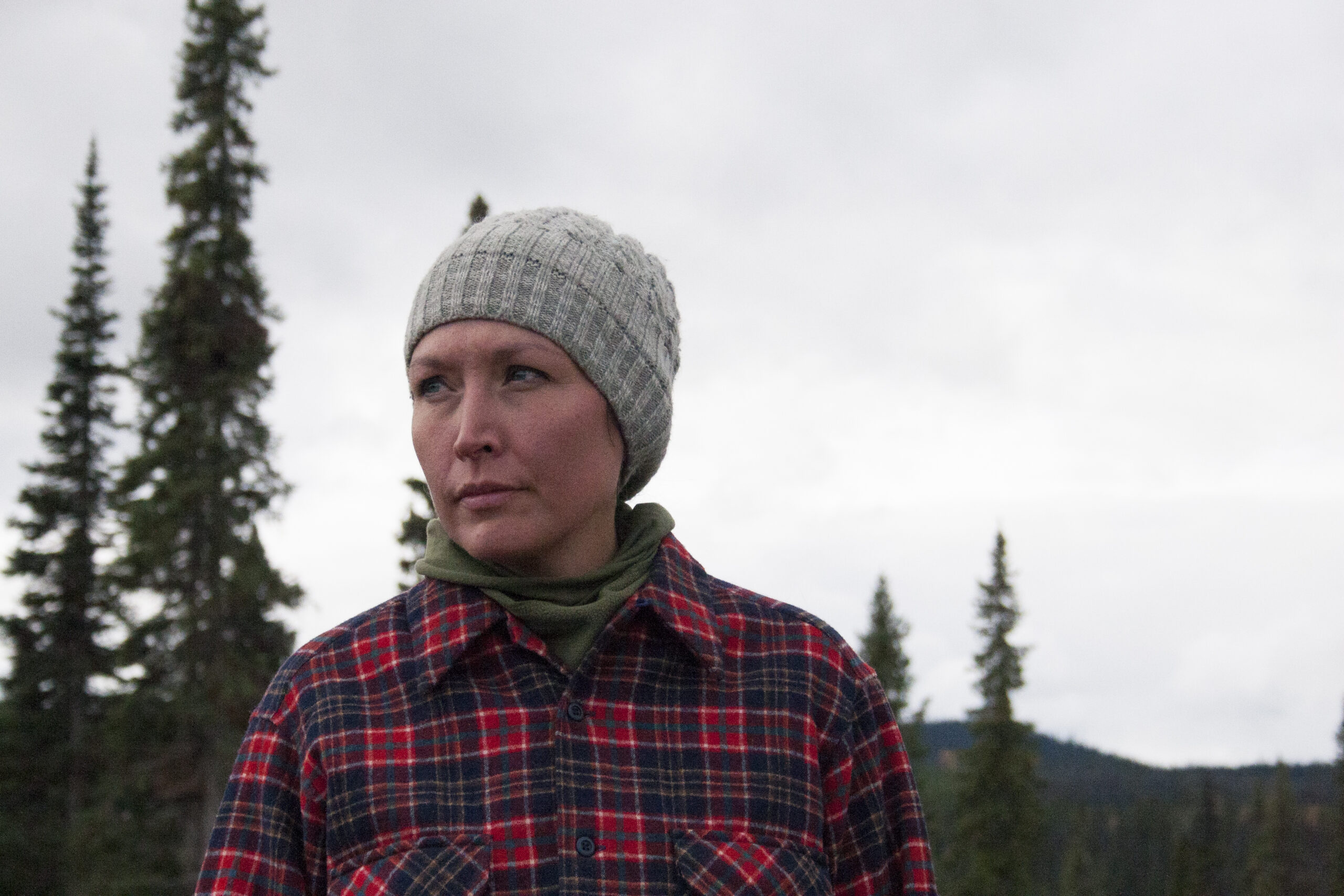
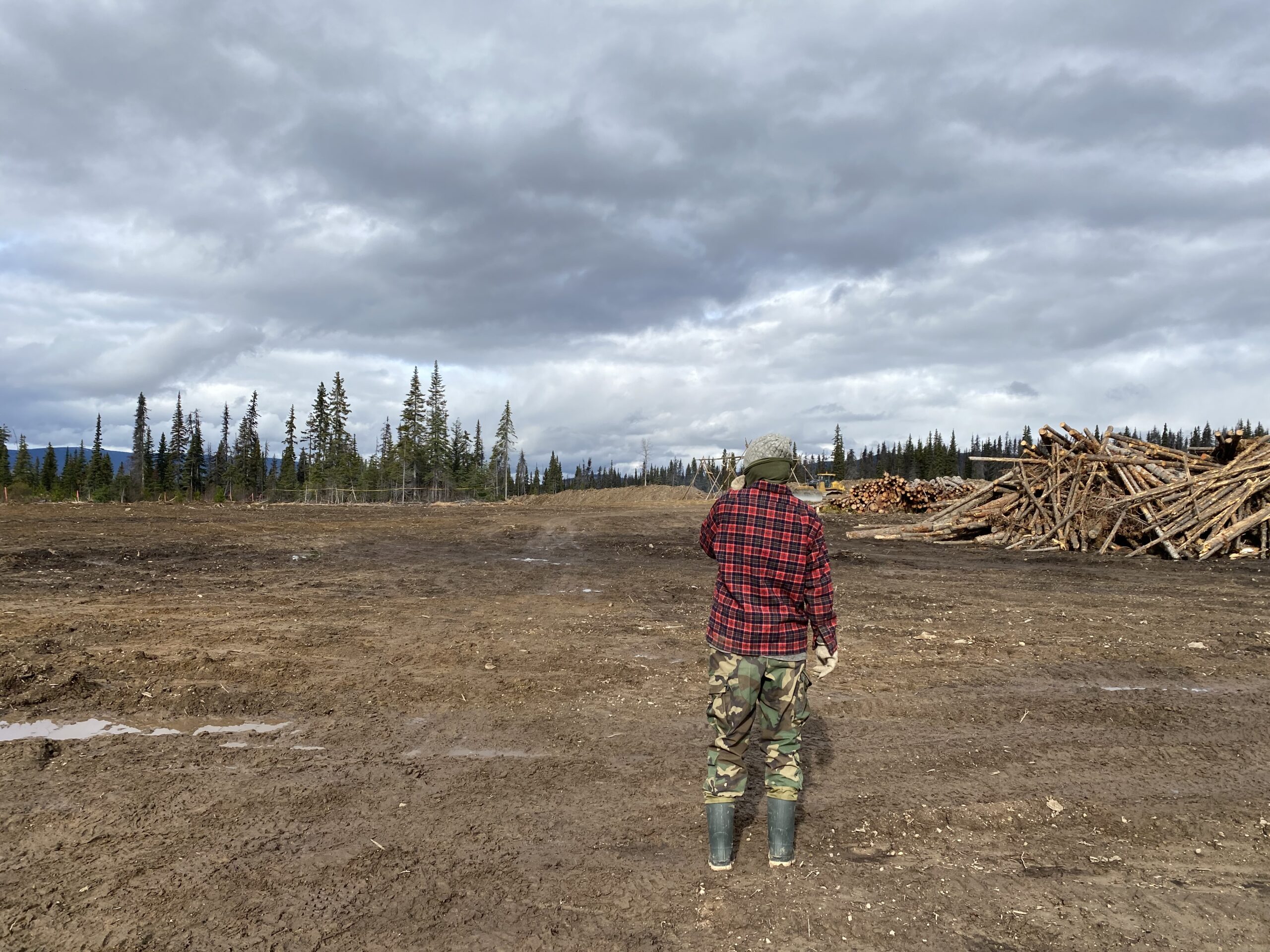
Freda Huson, matriarch and wing-chief of the Unist’ot’en Dark House Clan, said she’s confident the pipeline will never be completed.
“Everything’s working against them,” she told The Narwhal in an interview at the Unist’ot’en healing centre on the banks of the Wedzin Kwa. Coastal GasLink work trucks file past and cross the bridge in a steady stream. “People are still protesting and blocking them. The economy is not great.”
“I always tell people, ‘What are you gonna tell your grandchildren you did to prevent this from happening?’ This is the headwaters, why we’re fighting so hard. That’s where all the salmon spawn, we see them swim by here all the time to spawn. Salmon feed the bears, salmon feed us.”
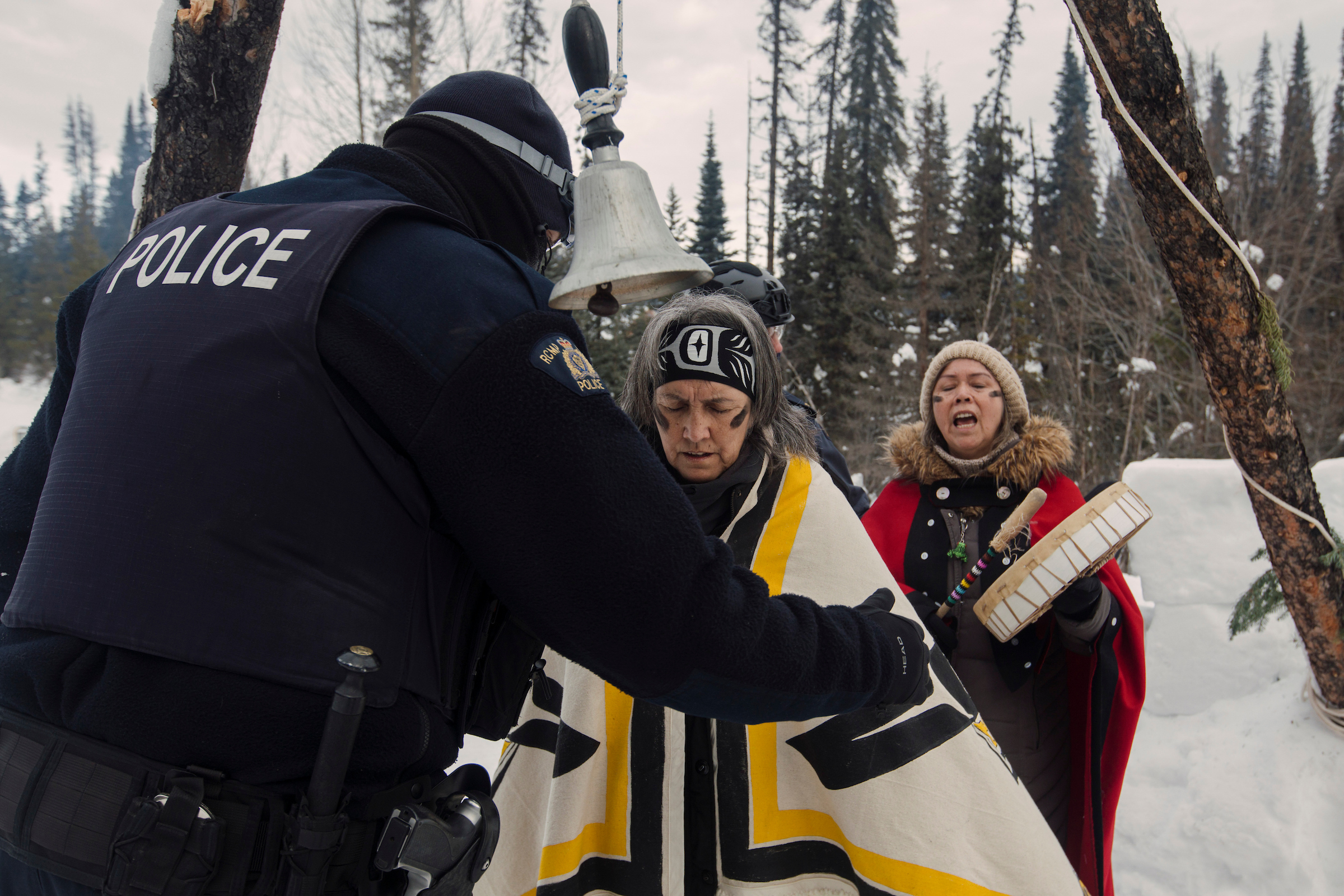
Huson, who recently won a Right Livelihood Award for “her fearless dedication to reclaiming her people’s culture and defending their land against disastrous pipeline projects,” said the importance of water cannot be understated.
“You can’t survive on pop, you can’t survive on beer — you need pure water,” she said. “And you need that pure water to make all of those things. You need it to have a good cup of coffee, you need it to have a cup of tea and whatever else you want to drink. You even need it to make ice to go in your fancy drink. People don’t realize everything is connected.”
The conflict at Wedzin Kwa comes on the heels of a dispute between LNG Canada and TC Energy. In a recent project update, LNG Canada CEO Peter Zebedee expressed concerns about the pipeline’s rising costs and schedule delays.
“Progress along the [Coastal GasLink] pipeline is encouraging; however, we remain concerned that [Coastal GasLink’s] operator and parent company, TC Energy, has proposed significant increased cost estimates to complete the pipeline, over and above what was agreed to when we took our final investment decision in late 2018,” Zebedee wrote.
“[Coastal GasLink] can’t afford a huge conflict, especially with the disputes that they’re having with LNG Canada,” Wickham said. “I think that’s why the RCMP are being so bold and so aggressive in their tactics, because they really need to nip this in the bud quickly, for [Coastal GasLink] to be successful.”
As The Narwhal reported in July, the pipeline is heavily subsidized, including a $500 million loan the federal government provided last year to support the construction work.
On Oct. 19, Cas Yikh chiefs, supported by over 100 organizations, sent a letter to 37 banks and investors with a stake in the pipeline project or LNG Canada demanding immediate divestment and withdrawal of financing, noting “in no way is Coastal GasLink a responsible, profitable, secure or morally sound investment.”
“They can’t afford for this to build up in the media and they can’t afford for this to build up on the ground,” Wickham told The Narwhal in early October. “Everybody thinks that Coastal GasLink is a done deal — but it’s not.”
“In Cas Yikh territory, the only thing that they’ve done is cleared the right-of-way and destroyed one of our archaeology sites and one of our sacred sites and one of the most important creeks in the territory.”
“Now they’re coming after the river.”
While the conflict on Wet’suwet’en territory centres around opposition to the potential impacts of the pipeline itself and a notable lack of consent from the Indigenous People whose territory is at risk, the impacts of the project, if completed, extend far beyond.
Coastal GasLink, if built, would have the capacity to transport up to 2.1 billion cubic feet of fracked gas every day, with the potential to expand to 5 billion cubic feet daily. Meeting that demand would impact numerous First Nations in northeast B.C., a region already deeply scarred by the sector.
As The Narwhal recently reported, there are more than 3,000 active oil and gas wells operating in critical caribou habitat, imperilling an iconic species and an important source of food, clothing and tools for Indigenous communities. A recent B.C. Supreme Court ruling found the province breached its Treaty Rights obligations by permitting and encouraging industrial development on a vast scale on Blueberry River First Nations territory.
As Chief Marvin Yahey told The Narwhal: “For the past 50 years, industrial development has totally wiped out all our traditional lands, our cabins and our trails … and also the wildlife.”
The precedent-setting ruling will put Treaty 8 First Nations in the driver’s seat when it comes to authorizing new projects in their traditional territories.
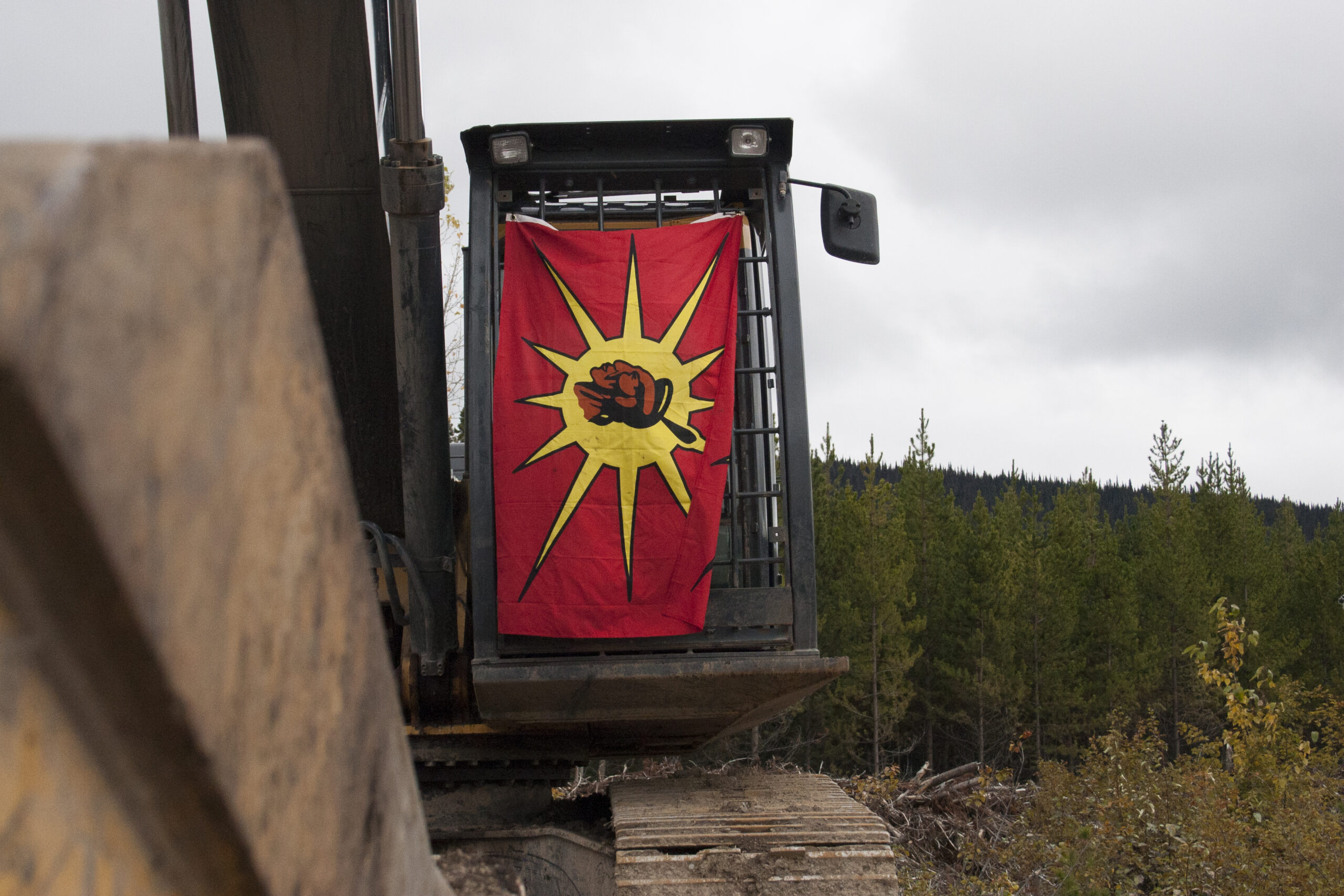
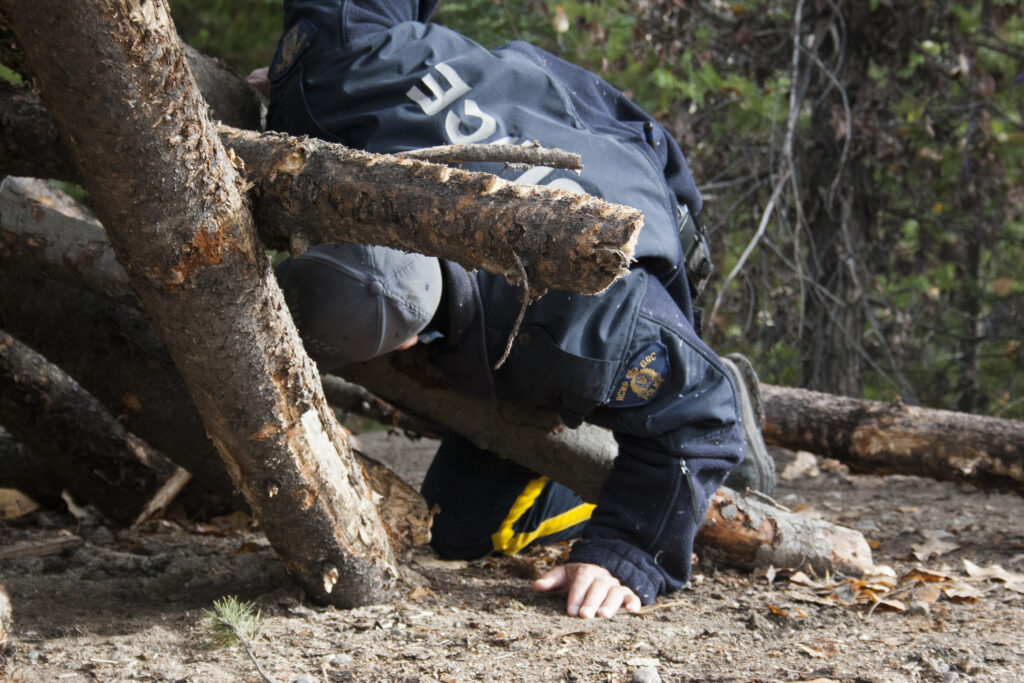
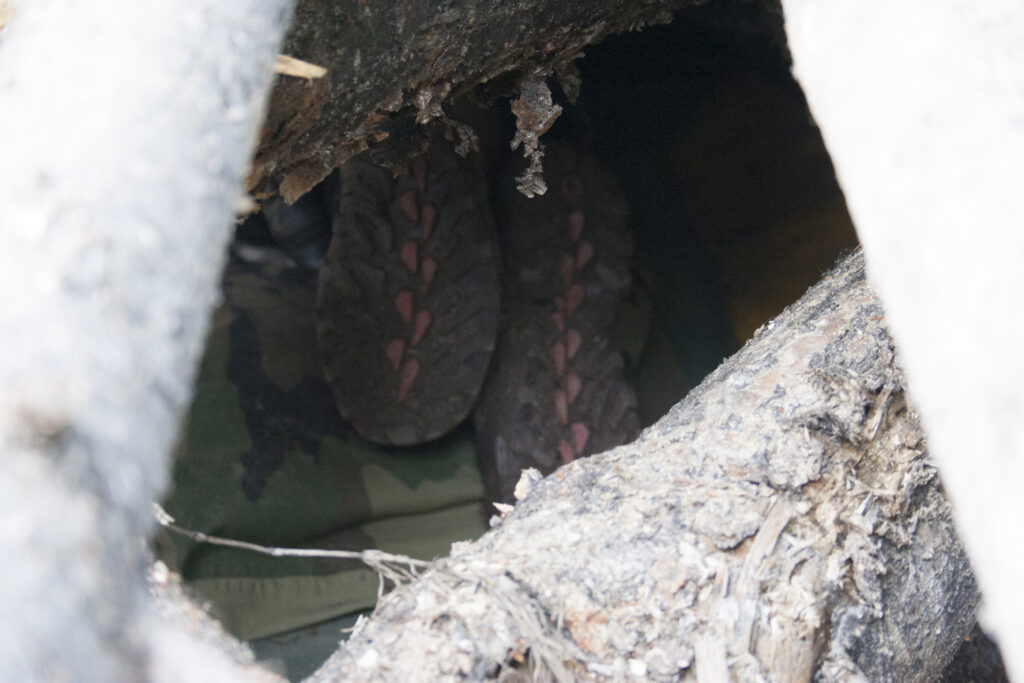
“The court’s ruling was very clear that the existing decision-making regime the province has is broken,” Maegan Giltrow, legal counsel for Blueberry River First Nations, told The Narwhal in an interview. “It doesn’t manage cumulative effects and it certainly doesn’t manage or protect Treaty Rights.”
How much of an impact the court decision will have on the fracking wells needed to fill the Coastal GasLink pipeline remains to be seen; however, the province will have to consider cumulative impacts on the landscape as new gas facilities are proposed.
“Recently, [Premier John Horgan] did a big speech about transitioning from oil and gas into clean energies,” Wickham said. “I would say: let’s see the action. The only resolution to this is to respect the chiefs’ decision and to implement [the United Nations Declaration on the Rights of Indigenous Peoples] according to our own laws and values.”
The Canada Energy Regulator, a branch of the federal government that oversees the oil and gas sector, predicts an increase in B.C.’s natural gas production over the next two decades. However, as the province moves forward with a review of its royalty credit program, decreased economic incentive to build and operate new facilities could discourage investment in the sector. The review will include an opportunity for the public to provide feedback this winter.
While industry and governments love to talk about natural gas as a transition fuel, helping countries like China move away from other polluting fuel sources, climate scientists note the near-term impacts of methane emissions are causing rapid warmth and, if allowed to continue, those impacts will render global climate targets impossible to achieve.
As highlighted by a recent Intergovernmental Panel on Climate Change report, the stakes are higher than they’ve ever been.
“Unless there are immediate, rapid and large-scale reductions in greenhouse gas emissions, limiting warming to close to 1.5 C or even 2 C will be beyond reach,” the report noted.
The narrative of LNG as a transition fuel is further brought into question by a new International Energy Agency report, which details a series of scenarios based on current trends and government commitments to climate action and predicts what will happen to the fossil fuel industry if the world sticks to a shared goal of achieving net-zero emissions by 2050.
The report notes significantly that in a net-zero emissions scenario, total stranded capital — investments in LNG projects currently under construction — would be around $75 billion USD. In other words, investing in the sector now is a huge risk.
Fatih Birol, executive director of the agency, stressed in a press release the urgency of encouraging a rapid transition away from fossil fuels.
“The social and economic benefits of accelerating clean energy transitions are huge and the costs of inaction are immense.”
Updated Oct. 20, 2021, at 11:47 a.m. PT: This article was updated to include Cas Yikh chiefs’ call for investor divestment from the Coastal GasLink project.
Updated Oct. 19, 2021, at 1:03 p.m. PT: This article was updated with details on Lihkt’samisyu clan chiefs deactivating a Coastal GasLink excavator.
Get the inside scoop on The Narwhal’s environment and climate reporting by signing up for our free newsletter. When I visited my reserve, Moose Factory,...
Continue reading
Xatśūll First Nation is challenging B.C.’s approval of Mount Polley mine’s tailings dam raising. Indigenous...

As the top candidates for Canada’s next prime minister promise swift, major expansions of mining...

Financial regulators hit pause this week on a years-long effort to force corporations to be...

